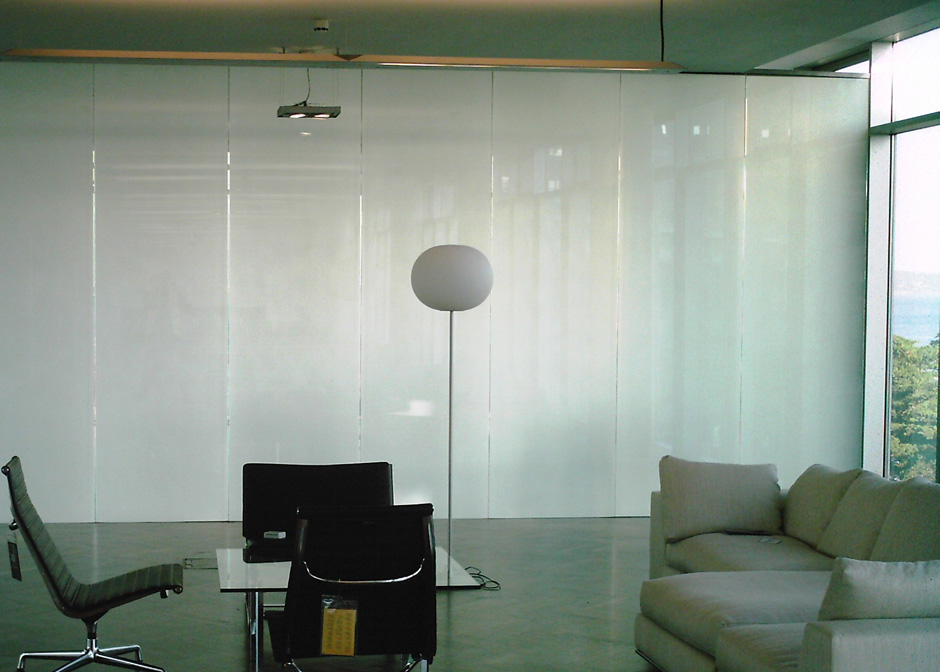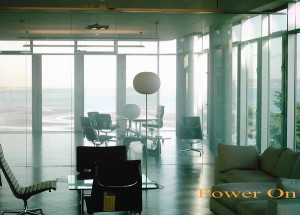SMART laminate glass, specifically designed using PDLC (Polymer Dispersed Liquid Crystal) film and EVA (Ethylene-Vinyl Acetate) film, is a sophisticated product that combines advanced technology with traditional glass manufacturing techniques. This type of glass is capable of switching between transparent and frosted states upon application of an electric current, offering a versatile solution for various applications ranging from architectural design to privacy control.
Key Components and Structure Tempered Glass: Serves as the base material, providing structural integrity and safety. EVA Film: Acts as an adhesive layer, bonding the glass and the PDLC film together. It is crucial for maintaining the integrity of the assembly during the lamination process. PDLC Film: Contains liquid crystals dispersed within a polymer matrix. When an electric field is applied, the orientation of the liquid crystals changes, altering the optical properties of the film from opaque to transparent. Additional Layers: Depending on the specific application, additional layers such as insulation or low-emissivity coatings may be incorporated. Manufacturing Process Preparation: Begin with clean tempered glass panels. Ensure they are free from any dust or debris. Layer Application: Apply the first layer of EVA film onto the glass. This acts as an adhesive layer. PDLC Film Placement: Carefully place the PDLC film on top of the EVA film. It’s essential to ensure the PDLC film is correctly aligned and adheres well to the EVA film. Second EVA Film: Apply a second layer of EVA film over the PDLC film. This helps secure the PDLC film in place and ensures uniformity across the glass panel. Final Glass Panel: Place the second tempered glass panel on top of the assembly, ensuring alignment with the first glass panel. Edge Trimming: Trim any excess EVA film around the edges of the assembly to achieve a neat finish. Lamination: The entire assembly is then subjected to a lamination process in a vacuum chamber, where it is heated and pressurized to bond the layers together permanently. Technical Considerations Material Compatibility: It’s important to note that EVA film is preferred over PVB (Polyvinyl Butyral) film for lamination with PDLC film due to the latter’s lower processing temperatures, which prevent damage to the PDLC film. Electrical Requirements: The PDLC film operates under specific voltage conditions (typically 48/60V AC), necessitating a transformer or power controller for effective operation. Applications: SMART laminate glass finds extensive use in architectural designs for privacy control, energy efficiency, and aesthetic appeal. It can be used in windows, doors, partition walls, and even as smart projection screens.
Conclusion SMART laminate glass made with PDLC and EVA film represents a cutting-edge solution in glass technology, blending functionality with aesthetics. Its ability to switch transparency states provides unprecedented flexibility in designing spaces that adapt to changing needs, whether for privacy, energy conservation, or visual appeal.



